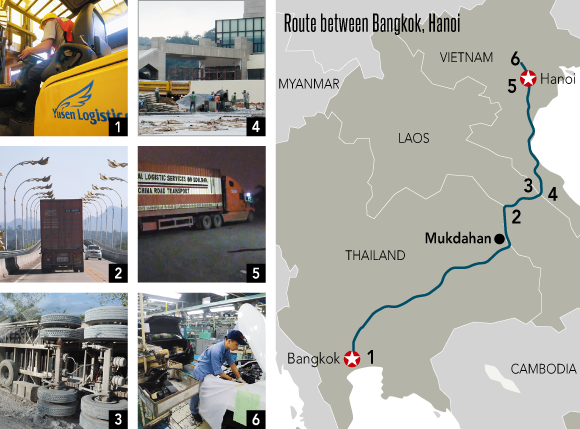Building owners who update not held liable
The Public Works and Town & Country Planning Department will allow buildings built before 2007 to have modifications making them earthquake-resistant, and it may also designate seven quake-prone southern provinces as a risk zone.
Director-general Udom Puasakul said the drafting of modification permits for buildings constructed before 2007 under Ministerial Regulation BE 2550 on Earthquake-Resistant Design of Structures is under consideration by the Council of State.
“Earthquakes are closer to our daily life, as seen from what happened in Phuket in April,” he said.”They are more frequent and severe. The department must revise rules related to earthquake resistance for public safety.”
The draft regulation would take effect in the third quarter, ensuring that building owners modifying their structures for this purpose would not be at fault by the law.
The department is also considering upgrading seven provinces in the South from a surveillance area to a risk area. After the upgrade, construction of new buildings would have to meet stricter requirements for earthquake resistance.
The seven provinces are Krabi, Chumphon, Phangnga, Phuket, Ranong, Songkhla and Surat Thani.
At present there are two risk zones where earthquake-resistant design is required.
Zone one, an area of soft soil that could be affected by a long-distance earthquake, includes Bangkok, Nonthaburi, Pathum Thani, Samut Prakan and Samut Sakhon.
Zone two, an area near faults, includes Kanchanaburi, Chiang Rai, Chiang Mai, Tak, Nan, Phayao, Phrae, Mae Hong Son, Lampang and Lamphun.
The planning department recently held a seminar on building guidelines for local staff in 22 at-risk provinces.
A civil engineering expert at the department said the cost of earthquake-resistant improvements is 5-10% of the construction cost of the building.
To increase a building’s strength, Pennung Warnitchai of the Asian Institute of Technology suggested changing walls from brick to lightweight concrete, adding a brick wall in front of the building and increasing the size of the front beam and column.
Concrete-reinforced columns can gain increased invulnerability by wrapping them with carbon fibre polymer. Buckling restraint braces can be applied as well.
Dr Pennung specified two main factors enabling a building to withstand an earthquake – lateral strength and inelastic deformability.
There are four vulnerability factors – non-seismic detailing, a strong beam and weak column, a soft or weak first storey and torsional irregularity.
Source: http://www.bangkokpost.com/business/economics/300340/new-rules-to-improve-earthquake-readiness


